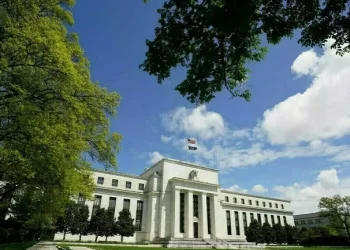TINMEL, Morocco (news agencies) — The hand-carved domes and brick-laid arches had almost all been put back together when an earthquake shook Morocco so violently that they caved in on themselves and crashed to the earth.
After nearly 900 years, the Great Mosque of Tinmel lay in pieces — its minaret toppled, its prayer hall full of rubble, its outer walls knocked over.
But even in ruins, it remained holy ground for the residents of Tinmel. Villagers carried the sheet-laden bodies of the 15 community members killed in the quake down the hillside and placed them in front of the decimated mosque.
Among the mourners was Mohamed Hartatouch, who helped carry the remains of his son Abdelkrim. A 33-year-old substitute teacher, he died under bricks and collapsed walls while the village waited a day and a half for rescue crews to arrive.
“It looked like a storm. I wasn’t able to feel anything,” the grieving father said, remembering the day after the quake.
One year later, the rubble near Hartatouch’s half-standing home has been swept aside and Tinmel residents are eager to rebuild their homes and the mosque. They say the sacred site is a point of pride and source of income in a region where infrastructure and jobs were lacking long before the earthquake hit.
“It’s our past,” Redwan Aitsalah, a 32-year-old construction worker, said the week before the earthquake’s anniversary as he reconstructed his home overlooking the mosque.
The September 2023 quake left a path of destruction that will take Morocco years to recover from. It killed nearly 3,000 people, knocked down almost 60,000 homes and leveled at least 585 schools. The damage will cost about $12.3 billion to rebuild, according to government estimates.
Stretches of road were left unnavigable, including Tizi N’Test, the steep mountain pass that weaves from Marrakech to Tinmel and some of the hardest-hit villages near the earthquake’s epicenter.









